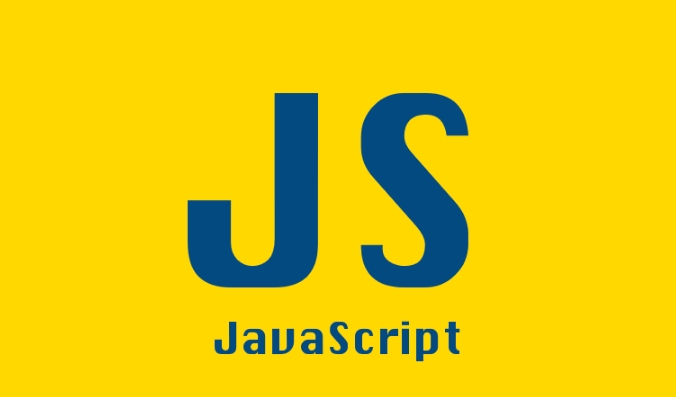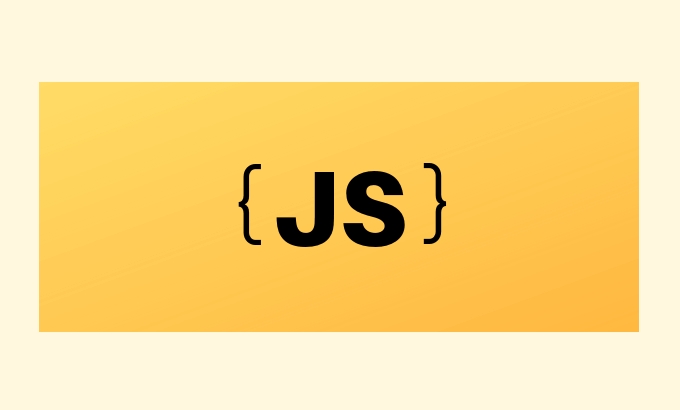Understanding var, let, and const in JavaScript
Jul 12, 2025 am 03:11 AMvar, let, and const in JavaScript have significant differences in scope, variable promotion, and variability. 1. var is the function scope, accessible anywhere within the function; let and const are block-level scopes, accessible only within the code block that declares them. 2. var has variable promotion and is initialized to undefined, while let and const are also promoted, but are in a "temporary dead zone". An error will be reported before the declaration. 3. var can be repeatedly declared and assigned; let cannot be repeatedly declared but can be reassigned; const cannot be repeatedly declared and cannot be reassigned (object or array content can be modified). 4. Const should be used first in actual development. If reassignment is required, use let, and try to avoid using var.

var , let and const in JavaScript seem to be used to declare variables, but their behavior and usage scenarios are actually very different. Many people will use var directly when they first start writing JS, but they encounter problems such as variable improvement and confusion in scope. Understanding the difference between these three keywords can help you write more stable and maintainable code.

1. Variable scope: block-level scope vs function scope
This is one of the most core differences between the three.
-
varis function-scoped: it only works inside the current function, not inside the code block{}. -
letandconstare block-scoped: as long as they are declared in{}, they can only be accessed in that code block.
For example:

if (true) {
var nameVar = 'Tom';
let nameLet = 'Jerry';
}
console.log(nameVar); // Output 'Tom'
console.log(nameLet); // Error: nameLet is not defined As can be seen from the above, the variables declared by var will be "uplifted" to the external scope, while let and const can only be used in the current block.
2. Variable hoisting behavior is different
Variable promotion is a feature of JS, that is, variable declarations will be "moved" to the top of the current scope.

-
varwill be promoted and initialized toundefined. -
letandconstwill also be promoted, but will not be initialized, entering a so-called "temporal dead zone" (TDZ), and an error will be reported when accessing before the declaration.
for example:
console.log(a); // undefined var a = 5; console.log(b); // ReferenceError let b = 10;
So if you try to use variables before let or const declaration, JS throws an error instead of returning undefined like var .
3. Whether it is possible to reassign and redeclare
This is also a factor to consider when choosing which keyword to use.
-
var: You can declare it repeatedly or reassign it. -
let: The declaration cannot be repeated, but the value can be reassigned. -
const: You cannot declare repeatedly, and you cannot reassign values ??(if it is an object or array, the content can be modified).
For example:
var x = 1;
var x = 2; // Legal let y = 1;
let y = 2; // error const z = 1;
z = 2; // Error const obj = { name: 'Alice' };
obj.name = 'Bob'; // Legal, because the content of the object is modified, not the reference address Therefore, when a constant is needed, const is preferred, so as to avoid the problem of accidentally modifying and changing the variable.
4. How to choose in actual development?
Simply put:
- Use
constfirst, unless you are sure that the variable will be reassigned after it is determined. - If a variable needs to be assigned multiple times, use
let. - Try to avoid using
varunless you are maintaining old projects or have special needs.
Some common usage scenarios:
- ? Constant definition: API address, configuration item, etc. →
const - ? Loop counter, status flag →
let - ? It is not recommended to use
varto declare variables
Basically that's it. Although it seems like only a different way of declaring variables, in actual encoding, they affect the scope, life cycle, and maintainability of the variables. Figuring out the difference between them will allow you to write clearer and less buggy JavaScript code.
The above is the detailed content of Understanding var, let, and const in JavaScript. For more information, please follow other related articles on the PHP Chinese website!

Hot AI Tools

Undress AI Tool
Undress images for free

Undresser.AI Undress
AI-powered app for creating realistic nude photos

AI Clothes Remover
Online AI tool for removing clothes from photos.

Clothoff.io
AI clothes remover

Video Face Swap
Swap faces in any video effortlessly with our completely free AI face swap tool!

Hot Article

Hot Tools

Notepad++7.3.1
Easy-to-use and free code editor

SublimeText3 Chinese version
Chinese version, very easy to use

Zend Studio 13.0.1
Powerful PHP integrated development environment

Dreamweaver CS6
Visual web development tools

SublimeText3 Mac version
God-level code editing software (SublimeText3)

Hot Topics
 Java vs. JavaScript: Clearing Up the Confusion
Jun 20, 2025 am 12:27 AM
Java vs. JavaScript: Clearing Up the Confusion
Jun 20, 2025 am 12:27 AM
Java and JavaScript are different programming languages, each suitable for different application scenarios. Java is used for large enterprise and mobile application development, while JavaScript is mainly used for web page development.
 Mastering JavaScript Comments: A Comprehensive Guide
Jun 14, 2025 am 12:11 AM
Mastering JavaScript Comments: A Comprehensive Guide
Jun 14, 2025 am 12:11 AM
CommentsarecrucialinJavaScriptformaintainingclarityandfosteringcollaboration.1)Theyhelpindebugging,onboarding,andunderstandingcodeevolution.2)Usesingle-linecommentsforquickexplanationsandmulti-linecommentsfordetaileddescriptions.3)Bestpracticesinclud
 Javascript Comments: short explanation
Jun 19, 2025 am 12:40 AM
Javascript Comments: short explanation
Jun 19, 2025 am 12:40 AM
JavaScriptcommentsareessentialformaintaining,reading,andguidingcodeexecution.1)Single-linecommentsareusedforquickexplanations.2)Multi-linecommentsexplaincomplexlogicorprovidedetaileddocumentation.3)Inlinecommentsclarifyspecificpartsofcode.Bestpractic
 JavaScript Data Types: A Deep Dive
Jun 13, 2025 am 12:10 AM
JavaScript Data Types: A Deep Dive
Jun 13, 2025 am 12:10 AM
JavaScripthasseveralprimitivedatatypes:Number,String,Boolean,Undefined,Null,Symbol,andBigInt,andnon-primitivetypeslikeObjectandArray.Understandingtheseiscrucialforwritingefficient,bug-freecode:1)Numberusesa64-bitformat,leadingtofloating-pointissuesli
 JavaScript vs. Java: A Comprehensive Comparison for Developers
Jun 20, 2025 am 12:21 AM
JavaScript vs. Java: A Comprehensive Comparison for Developers
Jun 20, 2025 am 12:21 AM
JavaScriptispreferredforwebdevelopment,whileJavaisbetterforlarge-scalebackendsystemsandAndroidapps.1)JavaScriptexcelsincreatinginteractivewebexperienceswithitsdynamicnatureandDOMmanipulation.2)Javaoffersstrongtypingandobject-orientedfeatures,idealfor
 How to work with dates and times in js?
Jul 01, 2025 am 01:27 AM
How to work with dates and times in js?
Jul 01, 2025 am 01:27 AM
The following points should be noted when processing dates and time in JavaScript: 1. There are many ways to create Date objects. It is recommended to use ISO format strings to ensure compatibility; 2. Get and set time information can be obtained and set methods, and note that the month starts from 0; 3. Manually formatting dates requires strings, and third-party libraries can also be used; 4. It is recommended to use libraries that support time zones, such as Luxon. Mastering these key points can effectively avoid common mistakes.
 JavaScript: Exploring Data Types for Efficient Coding
Jun 20, 2025 am 12:46 AM
JavaScript: Exploring Data Types for Efficient Coding
Jun 20, 2025 am 12:46 AM
JavaScripthassevenfundamentaldatatypes:number,string,boolean,undefined,null,object,andsymbol.1)Numbersuseadouble-precisionformat,usefulforwidevaluerangesbutbecautiouswithfloating-pointarithmetic.2)Stringsareimmutable,useefficientconcatenationmethodsf
 Why should you place tags at the bottom of the ?
Jul 02, 2025 am 01:22 AM
Why should you place tags at the bottom of the ?
Jul 02, 2025 am 01:22 AM
PlacingtagsatthebottomofablogpostorwebpageservespracticalpurposesforSEO,userexperience,anddesign.1.IthelpswithSEObyallowingsearchenginestoaccesskeyword-relevanttagswithoutclutteringthemaincontent.2.Itimprovesuserexperiencebykeepingthefocusonthearticl






